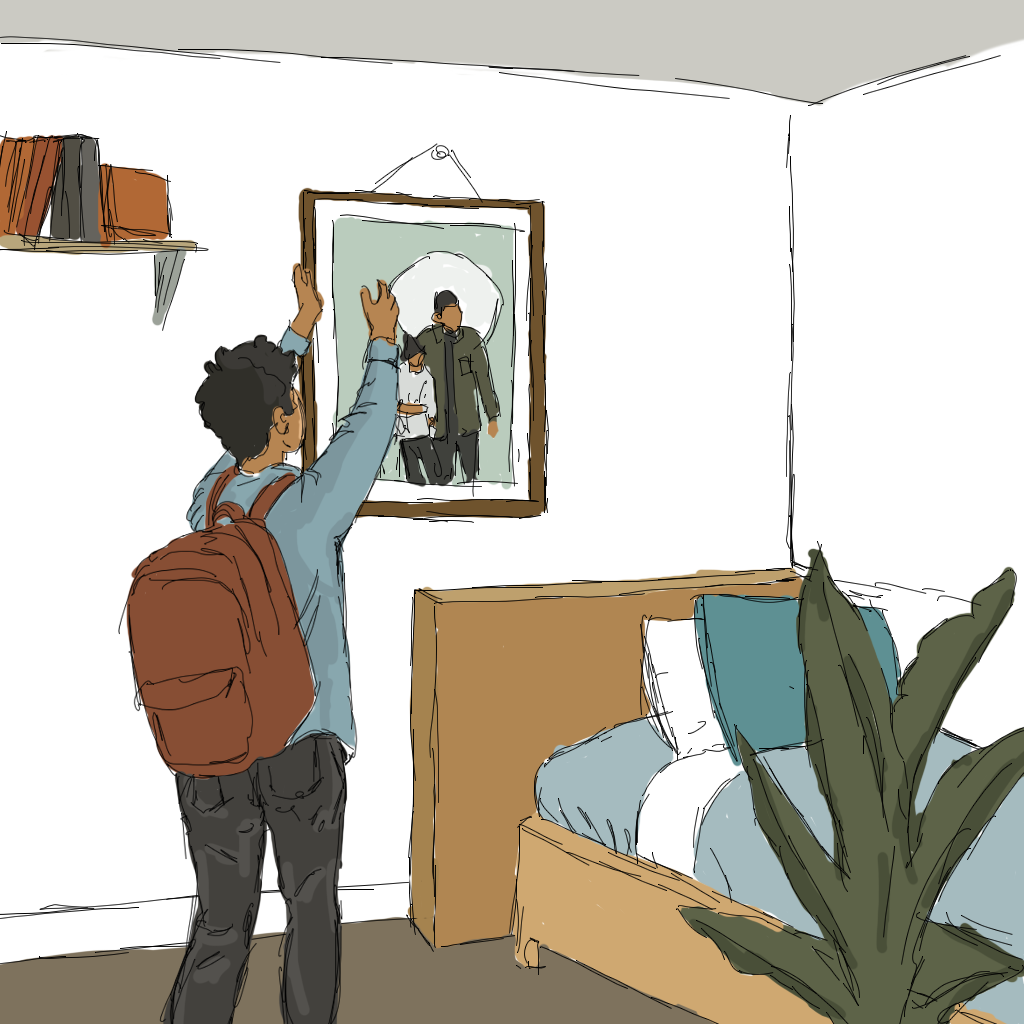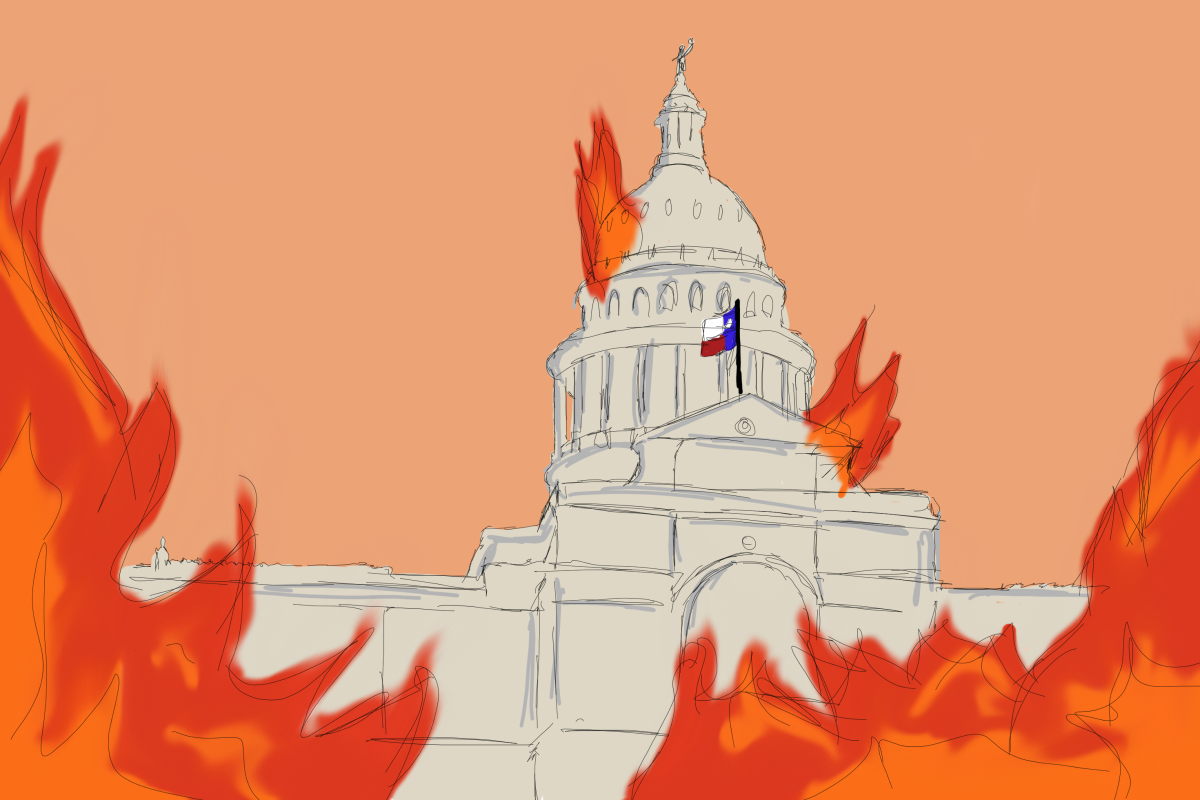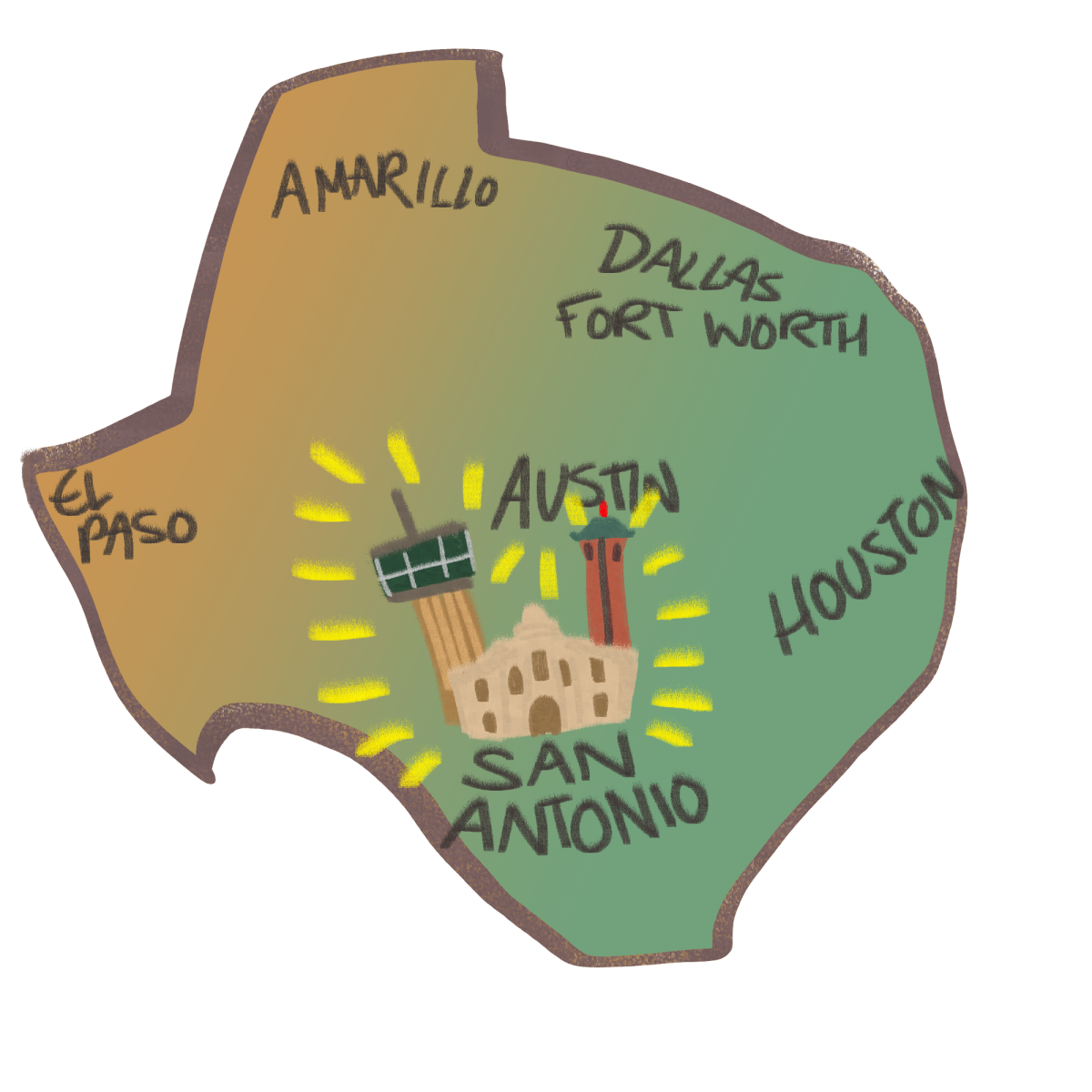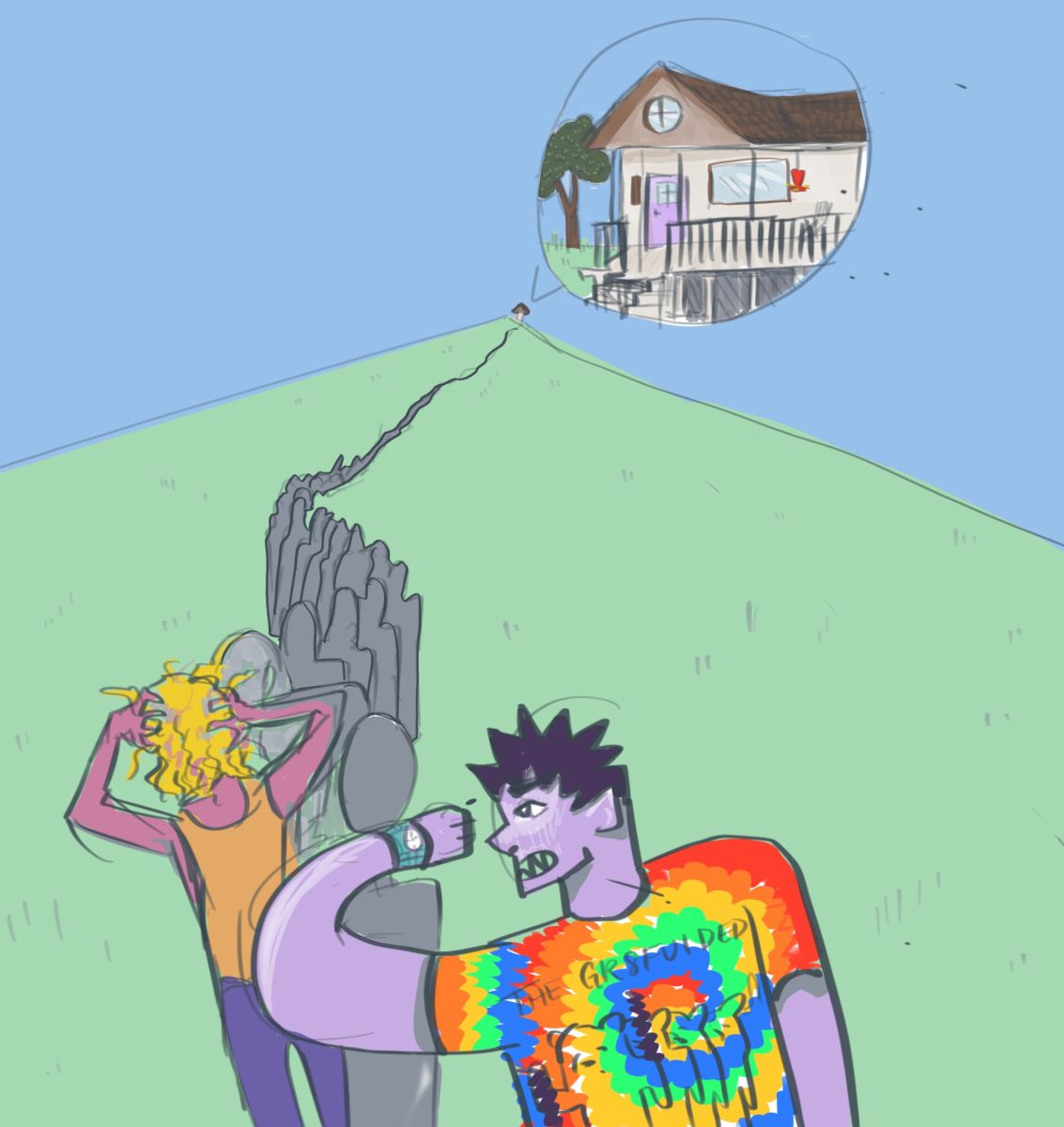What’s the connection between Donald Trump and the San Antonio elections on May 6? The potential to influence his decisions by casting a ballot here, at home.
The President actualized some substantial campaign promises in January. His executive orders have frightened some, but invigorated many others. Demonstrations against a border wall and the detaining of travelers from seven Middle Eastern countries followed a weekend of marches standing for the goals of women in opposition to Trump. One of the questions asked at the end of each march across the nation was, what happens now? These demonstrations and protests are highly visible, but largely unforceful. The effects of protest can be short-lived. A vote leaves a permanent impression.
While it’s too late to change the outcome of the Presidential election, it hardly means that the time for political participation is over. In four months those that are eligible may register and vote between three mayoral candidates, their respective city council candidates and whether or not to support the $850 million 2017 municipal bond.
Why would any of this influence Trump? Because voting at home is another act of civic participation. It is not a largely influential one, but it is a ballot that is received and recorded as an act of political will. It allows people a voice in the decisions of the city, but more principally, I believe it develops or strengthens a habit of voting.
The makeup of Trumps’ protesters and resistors is diverse, but a common characteristic apparent in their composition is youth. This is not to discredit the work and presence of older activists, but to highlight the reality that many young people are unhappy with the country’s Presidential selection.
Unfortunately there’s a problem amongst young people, and that’s the rate at which they vote. KQED News published an article written by Matthew Green titled “How Millennials Voted in the 2016 Presidential Election.” He showed that only half of eligible millennial voters, or those aged between 18 and 29, voted, which is much lower than the average voter turnout; another rate that hardly merits applause. Now pair those facts with a study conducted by researchers at Portland State University titled “Who Votes for Mayor.” It shows that only 11 percent of eligible voters in San Antonio vote in mayoral elections, and the median age of those voters is 63.
The hypothesis I create from the data is that younger people could vote more, and they could certainly vote more locally
This matters for three reasons. First is the opportunity local elections provide people to influence schools, parks, housing, libraries, police and transportation. The allocations of money within the municipal bond have been decided through months of debate and deliberation between city council members and active community citizens. With all of this work San Antonians still have to vote the bond into action before the money may be spent on exciting new developments, like the Hardberger Land Bridge. I predict it will pass with ease, but are we really in the political climate to give ourselves such lax assumptions?
Second is selecting a mayor. While San Antonio runs on a council-manager style government, meaning the entire council and mayor selects and contracts a single city manager to run the day to day operations of government, it doesn’t mean that it’s a position unworthy of our attention. San Antonians have the capability to choose who they feel is most attuned to their general political sentiments, needs and desires.
The third, and I believe most important reason, is the ability to participate in the act of voting. It will show our leaders, locally and abroad, that we understand and practice the democratic process. We’re prepared to cast ballots against politicians and parties that do not represent our belief systems. While I have my political preferences, this message is true for all Americans.
Protests and demonstrations are worthwhile for their ability to show solidarity, frustration and collectivity. But in our democracy, voting removes people from their places of power. View local elections as a presentation to not only the local community, but to the leaders who believe that you won’t vote.






